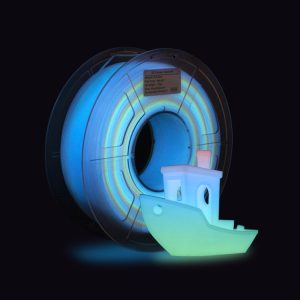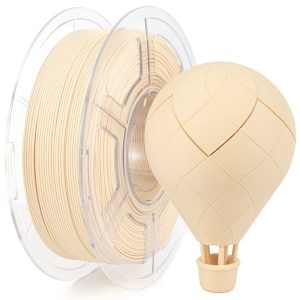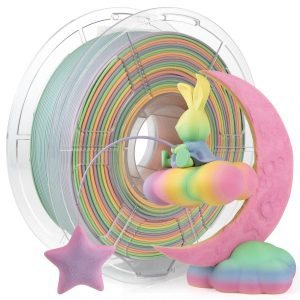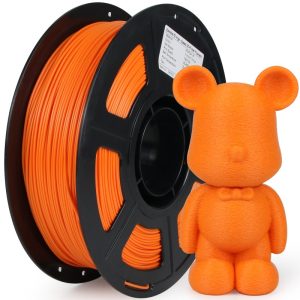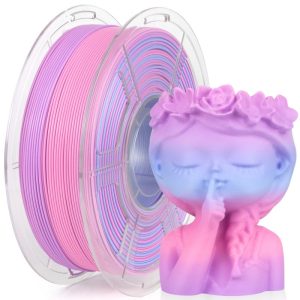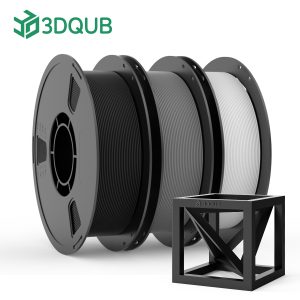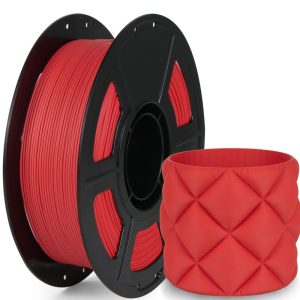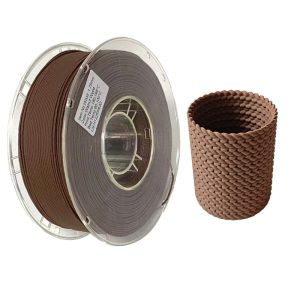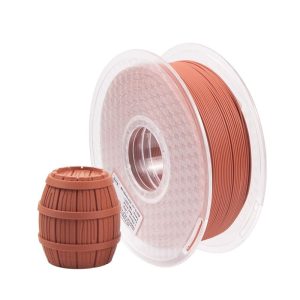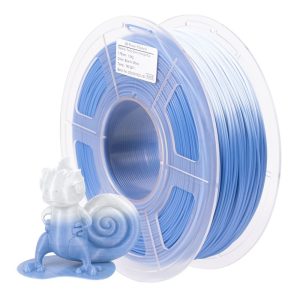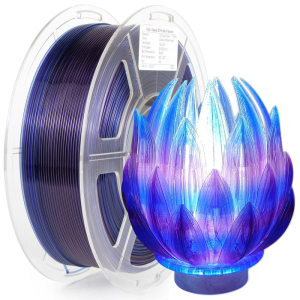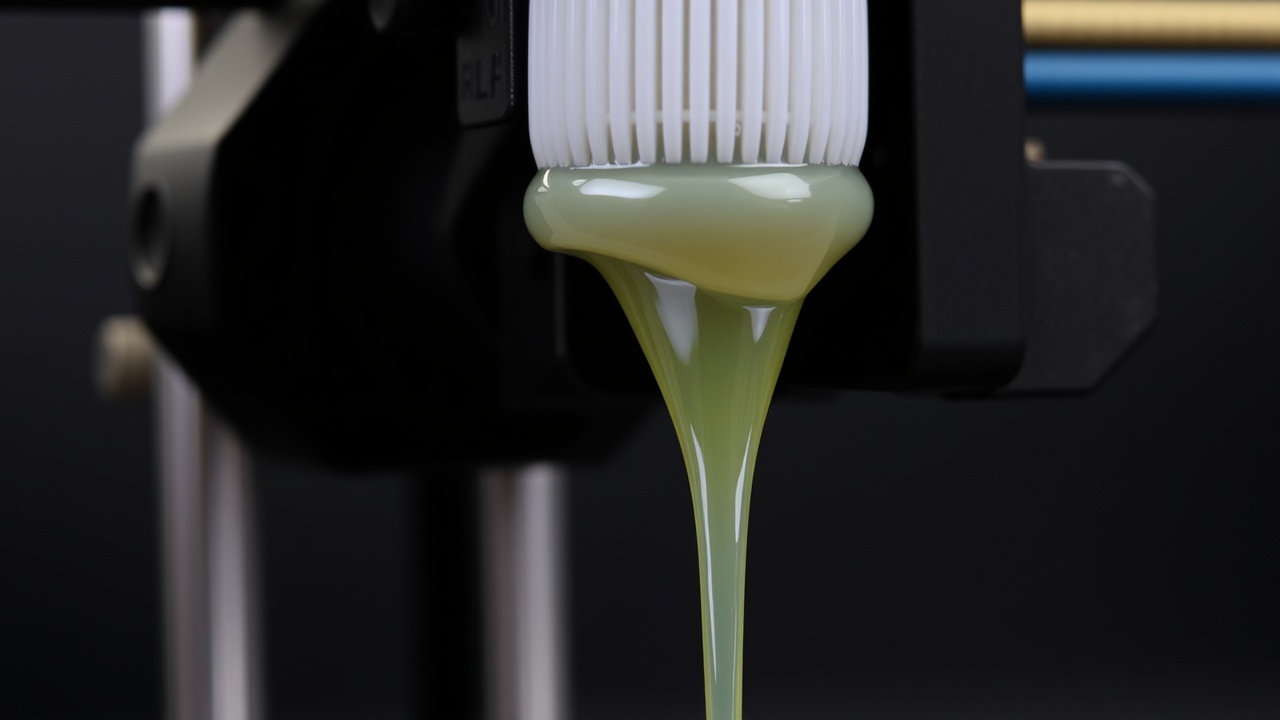
Achieving the perfect 3D print with PLA filament hinges significantly on mastering the print temperature. This article will explore the optimal print settings for PLA, guiding you through the nuances of nozzle temperature, heated bed settings, and other crucial factors. Understanding these elements is key to producing high-quality PLA prints, free from common 3D printing issues.
Understanding PLA Filament Properties
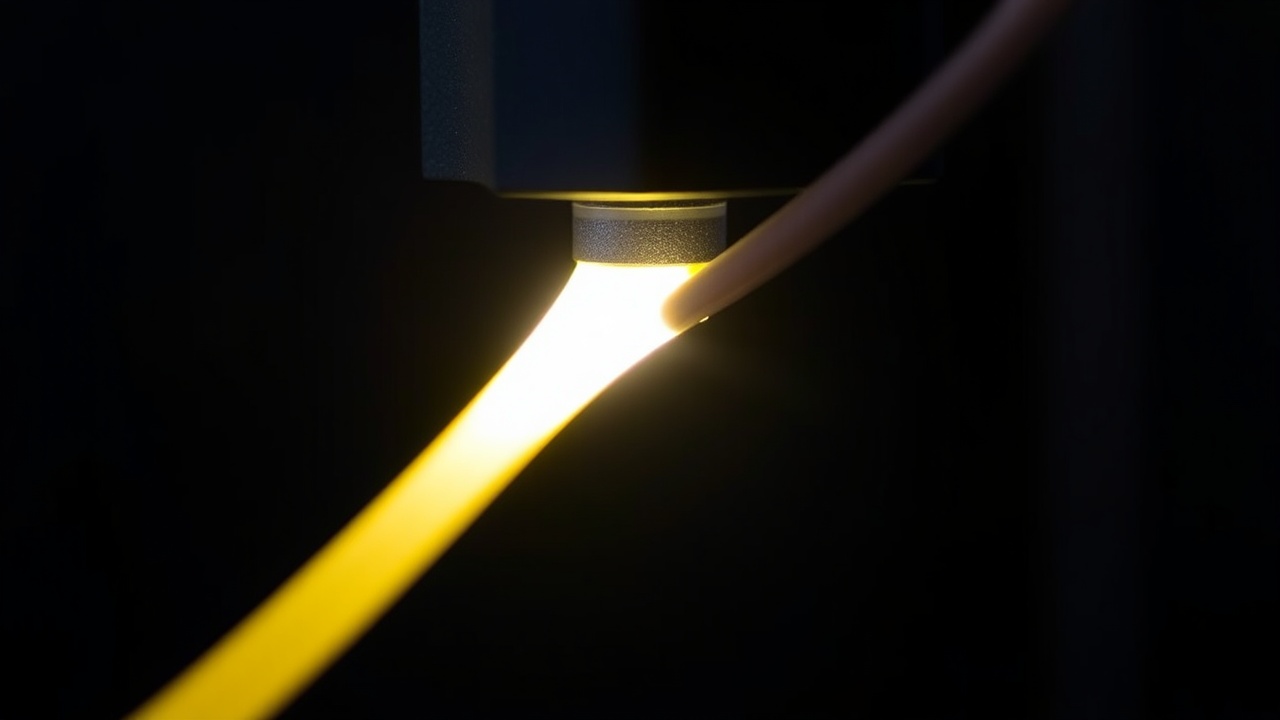
To effectively 3D print with PLA, grasping its fundamental properties is essential. This understanding allows you to fine-tune your 3D printer’s settings, particularly the temperature setting, to achieve optimal print results. Let’s delve into what PLA is, its key characteristics, and the advantages it brings to the 3D printing process.
What is PLA?
PLA, or Polylactic Acid, is a thermoplastic polymer derived from renewable resources like corn starch or sugarcane. This makes PLA a more environmentally friendly 3D printing material option compared to other filaments. It’s widely favored in the 3D printing community due to its ease of use and relatively low melting temperature. When you consider PLA printing, it’s good to remember this origin as it impacts temperature and printing.
Key Properties of PLA
PLA exhibits several key properties that influence the 3D printing process. Its relatively low melting temperature makes it easier to work with, but it also means it’s more susceptible to warping if not cooled properly. The glass transition temperature of PLA is also important to consider, as exceeding this temperature can lead to deformation. Properly adjusting the temperature is important for great results.
Benefits of Using PLA for 3D Printing
There are numerous benefits to using PLA for 3D printing. Its low melting temperature translates to lower energy consumption during printing. PLA’s biodegradability makes it a more sustainable choice. Also, printing with PLA typically produces less odor compared to other filaments. Finally, achieving high-quality PLA prints is relatively straightforward, making it a popular choice for both beginners and experienced users. Experimentation using a temperature tower is one way to find the optimal print temperature.
Optimal Print Temperatures for PLA
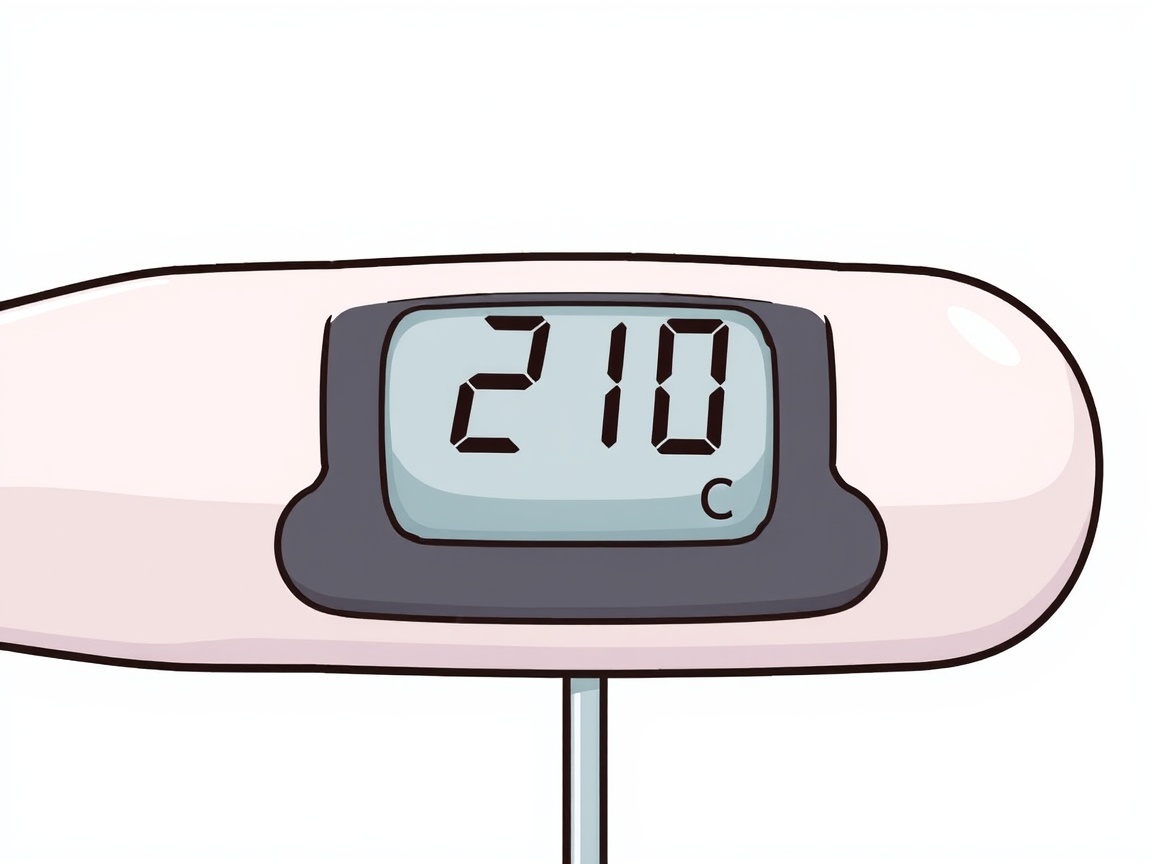
Recommended Print Temperature Settings
The recommended 3D printing temperature for PLA typically falls within a specific temperature range. Nozzle temperatures generally range from 180°C to 220°C. However, the optimal print temperature can vary based on your specific PLA filament and 3D printer. A temperature tower is a great tool for dialing in the ideal settings for your specific filament, but this range is a good starting point for PLA printing. Proper temperature setting helps prevent printing issues and ensures high-quality PLA prints. Adjusting the temperature is crucial for successful 3D printing with PLA.
Impact of Print Temperature on Print Quality
The print temperature significantly impacts the quality of your 3D print with PLA filament. If the temperature is too high, the PLA may become too thin, leading to stringing and poor bridging. Conversely, a lower temperature can cause poor layer adhesion and even clogging of the nozzle. Finding the optimal print temperature helps avoid these problems and create strong, visually appealing 3D prints. Different temperatures will yield different results. The best PLA print temperature will have good adhesion and low stringing.
Low Temperature Printing with PLA
Printing PLA at a low temperature, near the lower end of the recommended temperature range, can sometimes be beneficial. This approach can reduce warping, especially when printing on a non-heated bed. It can also improve the surface finish of the 3D print. However, it’s essential to ensure that the temperature isn’t so low that it compromises layer adhesion. Balancing print speed and temperature is key when using lower temperature settings. The lower melting temperature of PLA makes this possible, but careful adjustment of the temperature is required. The heated print bed can also be turned down to assist in low temperature printing.
Bed Temperature Settings for PLA Printing
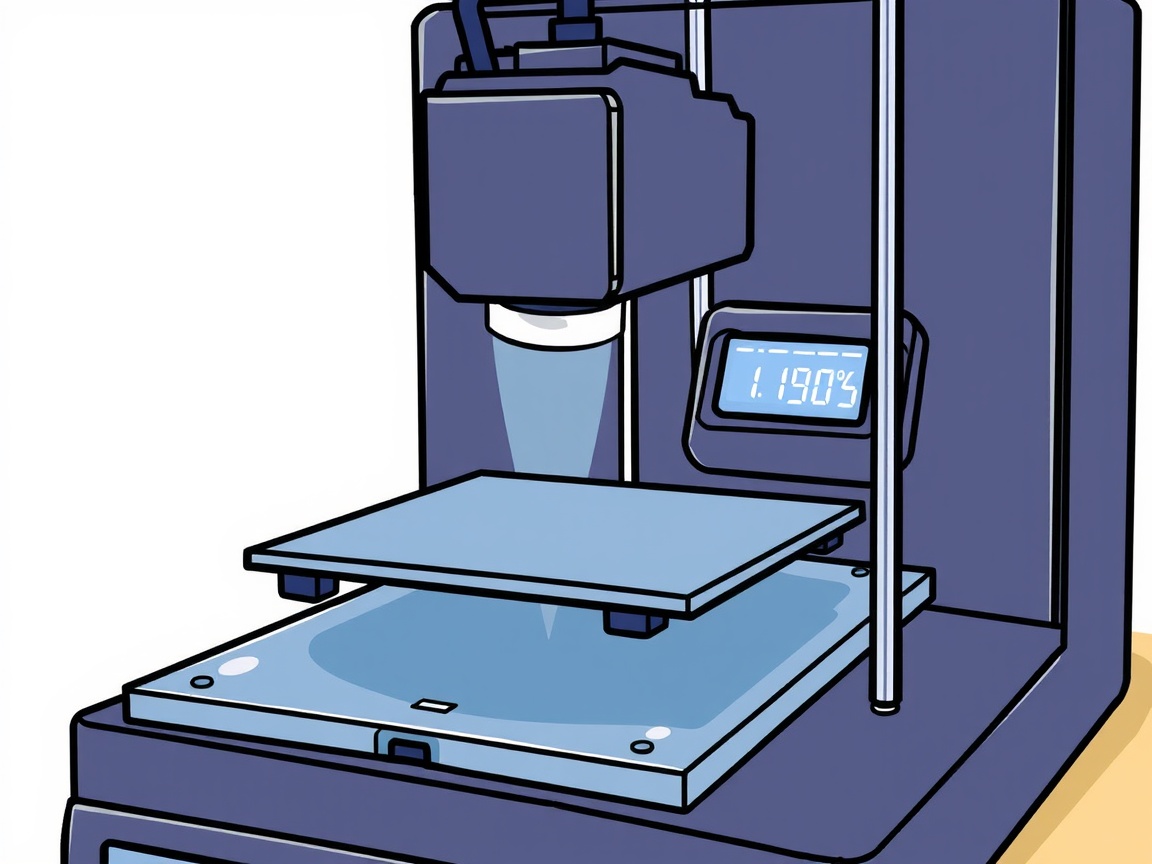
Importance of Bed Temperature
The bed temperature plays a vital role in the success of 3D printing with PLA filament. Maintaining the correct heated bed temperature ensures that the first layer of your 3D print adheres properly to the print bed. Without adequate adhesion, the entire print can fail, especially with larger models. This is one of the most important temperature settings to get right. Therefore, getting the optimal print requires proper bed temperature. Moreover, the bed temperature affects the overall quality of the PLA print, helping to reduce warping and ensure dimensional accuracy.
Recommended Bed Temperature for PLA
The recommended bed temperature for PLA typically falls within a specific temperature range. Generally, a temperature range of 55°C to 70°C is suitable for PLA printing. This temperature can vary depending on your specific PLA filament and 3D printer. Some PLA filaments may require a slightly higher bed temperature for optimal adhesion. If you have a heated bed, you can adjust the temperature to the correct setting. Experimentation can help you determine the best bed temperature for your setup. This adjustment of the temperature affects the first layer.
How Bed Temperature Affects Adhesion
The bed temperature significantly impacts the adhesion of PLA to the print bed. When the bed temperature is too low, the PLA may not adhere properly, leading to warping or complete detachment. Conversely, a bed temperature that is too high can cause the PLA to soften excessively, resulting in elephant’s foot or other 3D printing issues. Finding the optimal print bed temperature is crucial for ensuring that your 3D print sticks to the bed throughout the entire 3D printing process, ensuring a high-quality PLA print. This is especially true when using low temperature filaments.
Temperature Settings for 3D Printing with PLA
Adjusting Temperature for Various PLA Filaments
Different PLA filaments may require slightly different temperature settings to achieve the optimal print. Factors such as the brand, color, and additives in the PLA filament can influence its melting temperature and behavior during 3D printing. A temperature tower can be helpful in identifying the ideal print temperature for a specific PLA filament. Some filaments may require a higher printing temperature, while others perform best at a lower temperature. It is very important to adjust the temperature based on the PLA filament to ensure the highest quality 3D print.
Temperature and Print Speed Considerations
The print speed and temperature are interconnected when 3D printing with PLA. Higher print speeds often require higher printing temperatures to ensure proper extrusion and layer adhesion. Conversely, lower print speeds may allow for lower temperature settings. It is important to find the right balance between print speed and temperature to prevent issues such as under-extrusion or overheating. Experimenting with different combinations of print speed and temperature is key to optimizing your 3D printing process with PLA filament. Proper temperature setting helps prevent printing issues.
Common Printing Issues Related to Temperature
Several common 3D printing issues can be directly related to the print temperature. If the temperature is too high, you may experience stringing, warping, or drooping. A nozzle temperature that is too low can lead to poor layer adhesion, under-extrusion, or even clogging. A poorly heated bed can also lead to warping. By carefully adjusting the temperature and paying attention to these symptoms, you can troubleshoot and resolve many common problems when you print PLA. Finding the optimal print temperature is crucial for preventing these issues.
Enclosure Temperature and Its Effects
Why Use an Enclosure for PLA Printing?
While PLA is generally easier to print than some other filaments, using an enclosure can still offer several benefits. An enclosure helps maintain a consistent ambient temperature around the 3D print, reducing the risk of warping or cracking, especially with larger models. Enclosures also shield the 3D print from drafts or temperature fluctuations, which can negatively impact print quality. If you can control the temperature and print environment, you can create high-quality PLA prints. Even if you have a heated bed, you should control the temperature.
Optimal Enclosure Temperature Settings
When using an enclosure for PLA printing, it’s important to manage the enclosure temperature effectively. The optimal print temperature inside the enclosure typically ranges from 30°C to 40°C. Maintaining this temperature range helps prevent warping and ensures that the PLA cools evenly. It’s important to avoid overheating the enclosure, as excessive heat can lead to other printing issues. A stable temperature also helps with the lower temperature settings needed for PLA. Temperature towers work great inside an enclosure.
Managing Temperature Fluctuations in 3D Printing
Temperature fluctuations can wreak havoc on 3D prints, especially with PLA. Sudden changes in temperature can cause warping, cracking, or delamination. To mitigate these issues, it’s essential to maintain a stable and consistent temperature throughout the 3D printing process. Using an enclosure, controlling the room temperature, and avoiding drafts can all help minimize temperature fluctuations and improve the quality of your PLA prints. The optimal print comes from the best temperature setting. The heated print bed is also crucial.
Related Products
3DQUB High Speed PLA Matte 3D Printer Filament 1.75mm 1kg Spool 14 Colors
$13.99 – $15.99Rated 0 out of 53DQUB High Speed PLA+ i6 3D Printer PLA Plus Filament 1.75mm 1kg 10 Colors
$13.99 – $15.99Rated 0 out of 53DQUB High Speed Rainbow PLA Filament Fast 3D Printing up to 600mm/s 7 Colors
$16.99Rated 0 out of 53DQUB PLA Matte Filament i6 – Strong Layer Adhesion, Smooth Printing 22 Colors
$13.99 – $15.99Rated 0 out of 53DQUB Temperature Color Changing Filament – High Quality PLA for Creative 3D Prints 4 Colors
$16.99Rated 0 out of 53DQUB Transparent PLA Filament Crystal Clear High-Speed 3D Printing 14 Colors
$16.99Rated 0 out of 5


